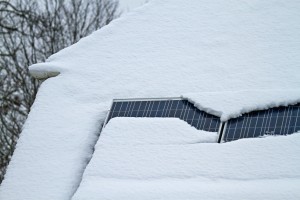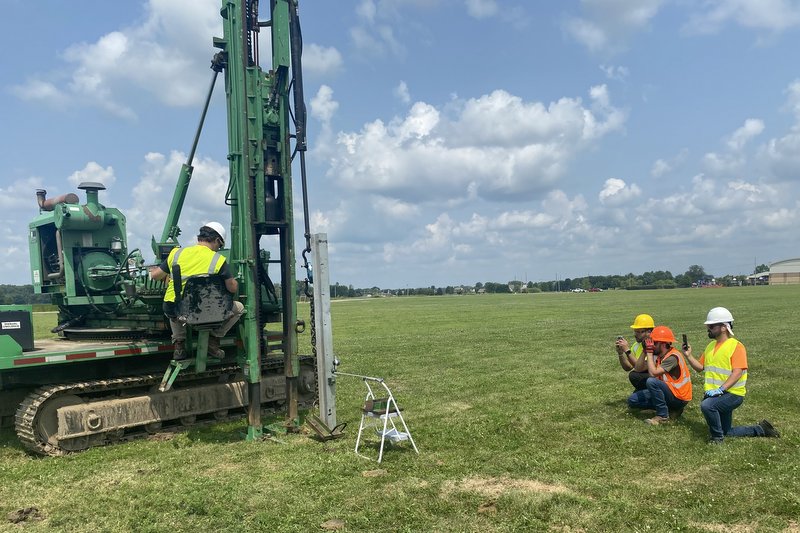When Should You Worry About Snow on Solar Panels?
“Prediction of Energy Effects on Photovoltaic Systems due to Snowfall Events,” a report released at the 38th IEEE Phovoltaic Specialists Conference in June 2012 by researchers Rob W. Andrews (Queen’s University in Kingston, Ontario) and Joshua M. Pearce (Michigan Technological University in Houghton, Mich.), found only a small percentage of solar power generation was lost from snowfall.
 Researchers used the Open Solar Outdoors Test Field (OSOTF) in Ontario — a fully grid-connected test system consisting of 95 PV modules that are continuously monitored. The area is unique in that all completed data and analysis is made freely available to the general public.
Researchers used the Open Solar Outdoors Test Field (OSOTF) in Ontario — a fully grid-connected test system consisting of 95 PV modules that are continuously monitored. The area is unique in that all completed data and analysis is made freely available to the general public.
A selected set of four crystalline silicon-based PV modules were installed at angles of 10, 20, 40 and 70 degrees. Current was measured, as was module temperatures, irradiation and snow depth. In order to maintain consistency, snowfall data from the nearby climate weather station was also utilized for two winters.
Their research found that snow losses were relatively low for solar power generation — about 3 to 5 percent. But, as the researchers note, a 4.25 percent snow loss on an 8-MW solar farm is equivalent to $140,000 in losses based on Ontario FIT rates.
It was also found that in some cases, snow benefitted solar power generation. The reflected sunlight from the white snow encouraged production and the snow kept panels cool.
Pearce offered some advice for developers of solar projects.
“During the system design, the effects of snow on PV performance should be taken into account and not simply ignored,” he says. “For all systems in snowy climates, the racking should be installed to prevent ice/snow damming — that is to ensure that snow shedding from the panels has somewhere to go when it melts.
“In snowy areas a general rule of thumb is to choose the higher tilt angle in the performance curve if other factors allow for it. Higher tilt angles both tend to shed snow faster [and] take a greater advantage of the albedo of snow (reflected sunlight).
“Large producers may want to take a close look at the economics of snow clearing,” Pearce continues. “For small-scale system owners it may be worthwhile to mechanically clear the snow. If climbing up on a ladder to clear a PV roof is impractical, grab a tennis ball and play catch with your array. As long as even a small area of PV is uncovered when the sun comes out, the surface will heat up and help melt off the snow more rapidly than undisturbed modules.”





And these solar panels cost them below $200 per panel.
Even though technological developments have eased our lives greatly they have also
generated the need for more power supply. It is clear
that not all created equal solar panels.